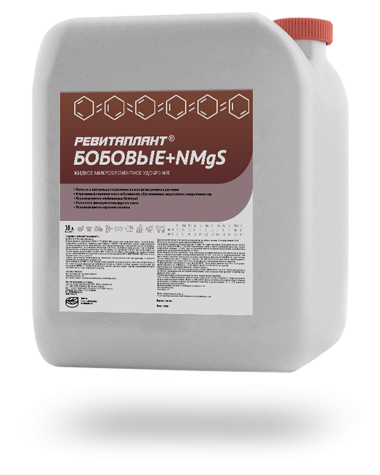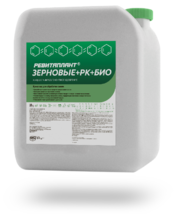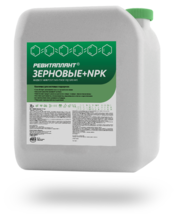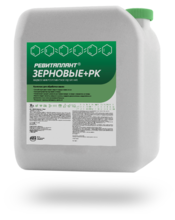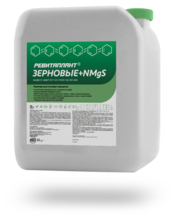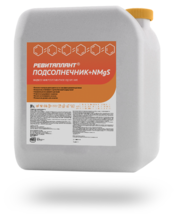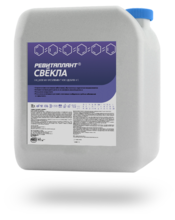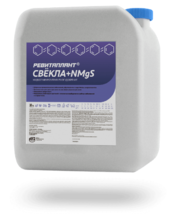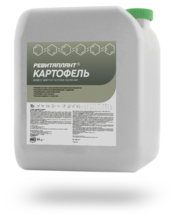Ingredients
Active ingredient content, by metal mass g/l
Goals / Purpose
| Crop | Input rate | Input stage | Remarks | |
|---|---|---|---|---|
| Crop: | Input rate: 0,5–1 l/ha | Input stage: Sprouting – Pod formation start | Remarks: Nutrient deficiency remedy | Details |
Description
Nitrogen is taken up by a legume plant throughout a growing season. Nitrogen is part of the proteins that make up the life basis, i.e. nucleic acids (RNA - ribonucleic acid and DNA – deoxyribonucleic acid), chlorophyll, phosphamides and other organic compounds.
Insufficient nitrogen nutrition leads to a poor growth, inhibits it. An increased nitrogen nutrition enhances protein synthesis, leaf growth, provides for a greater assimilation area.
Magnesium is a central element of a chlorophyll molecule, one of the activation factors of many enzymes and performs several functions. Magnesium is essential for photosynthesis; if its content drops too low, this limits the assimilation of CO2. Magnesium plays an important role in a symbiotic fixation of nitrogen by a plant.
Sulfur is necessary for the synthesis of certain amino acids, and thus, for the formation of proteins. It participates in chlorophyll synthesis which takes almost as much sulfur as phosphorus and magnesium. Sulphur plays a large role in the symbiotic fixation of nitrogen by the plant.
Trace elements directly promote crop yield generation, determining its quality and quantity. Revitaplant Legumes +NMgS (with more N, Mg and S) is an ideal option to help achieve the maximum legumes yield through remedying nutrient deficiencies.
